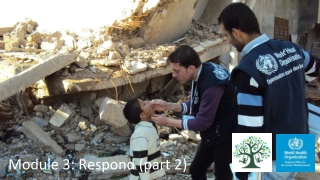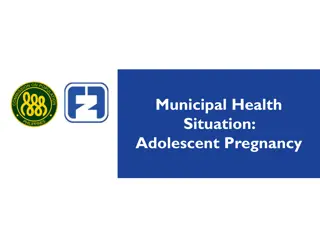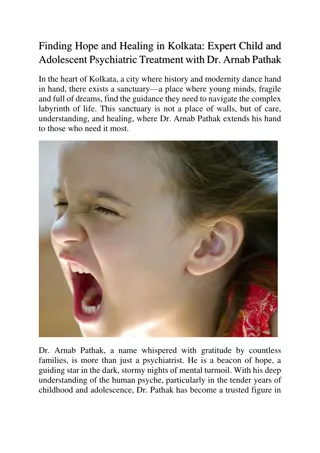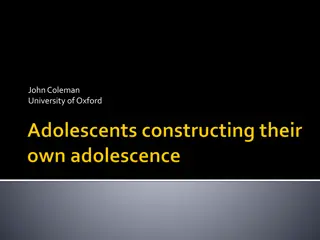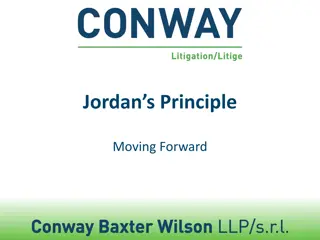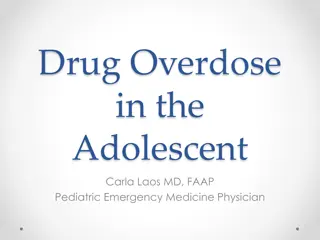
Collaborative Approach to Children and Adolescents Care
Explore the collaborative approach to caring for children and adolescents, including psychological assessment, provider roles in assessing disruptive behaviors, interacting with families, and implementing effective treatment plans. Learn about measuring outcomes for success in behavioral health interventions.
Download Presentation

Please find below an Image/Link to download the presentation.
The content on the website is provided AS IS for your information and personal use only. It may not be sold, licensed, or shared on other websites without obtaining consent from the author. If you encounter any issues during the download, it is possible that the publisher has removed the file from their server.
You are allowed to download the files provided on this website for personal or commercial use, subject to the condition that they are used lawfully. All files are the property of their respective owners.
The content on the website is provided AS IS for your information and personal use only. It may not be sold, licensed, or shared on other websites without obtaining consent from the author.
E N D
Presentation Transcript
Treatment of Children and Adolescents A Collaborative Approach to Care June 30, 2018 * Tex-CHIP Training Series
Psychological Assessment of Disruptive Behaviors in Children and Adolescents
Understanding Provider Role in Assessing Disruptive Behaviors in Children and Adolescents Use testing to identity signs and symptoms, make accurate diagnoses, and formulate a treatment plan Determine potential antecedents and consequences in the home and at school Identify/access community/Navy/school resources
Considerations when Interacting with Families Looking at the whole system possible abuse or neglect level of family tension or discord Cultural differences, such as whether English is the child/parents first language Consider regional differences with military families Determining parent s childrearing orientation requires learning about their values Appreciation of differences in attitudes toward medication therapy and diagnosis itself requires careful listening
Our Treatment Plan Healthcare Domain: Behavioral Health Provider: Psychologist Goals: Interventions: Objective: Provide alleviation of disruptive behaviors as indicated by: (a) Teacher report of decreased frequency (b) Parent report of decreased frequency (c) Reduced level of family stress a) Clarify presenting concerns a) Parent/teacher/child Interview b) Obtain agreement on goals b) Standardized behavior checklists and personality inventories c) Formulate diagnoses and present a plan c) Psychometric testing, such as IQ and achievement measures
Measuring Outcomes/ Success Immediate feedback obtained by reaching agreement on a plan. Longitudinal test/re-test measures Parent/teacher report. Includes standardized measures, such as the BASC3, and informal measures, such as verbal report
Communication from Counselors One important reason for a team approach: mitigate risk factors Determine what other professionals want to learn from the test results, what they ve already done, and how they see my role Select the tools for obtaining that information after clarifying specific referral question

